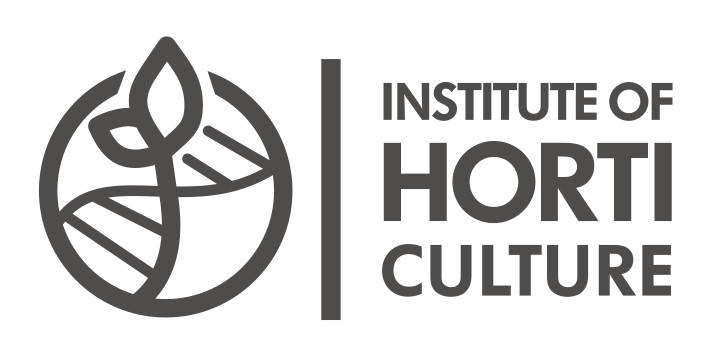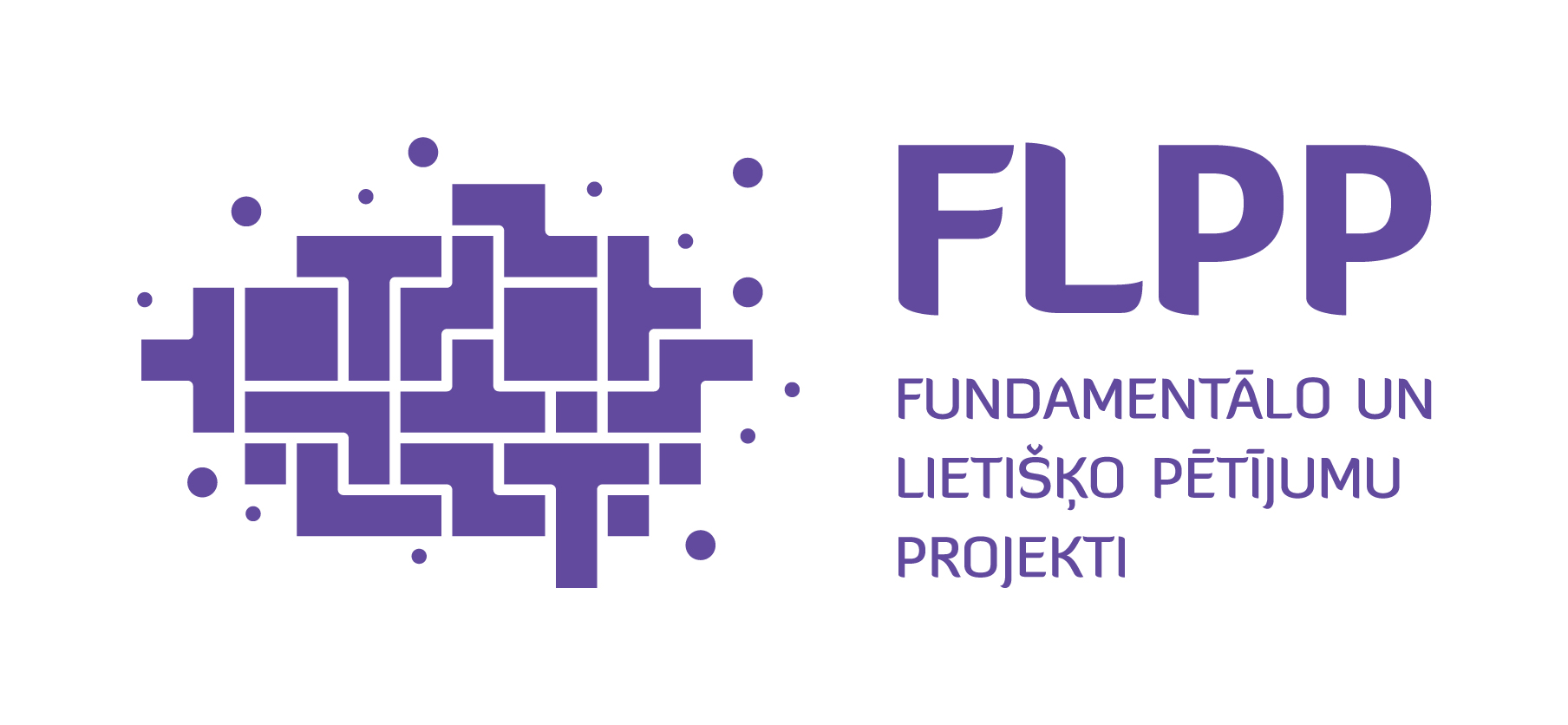Highly efficient release of ferulic acid from agro-industrial by-products by cellulose-degrading enzymes (FerulCelluZyms)

Project No.
lzp-2020/2-0323
Beginning of the Project
End of the project
Project Manager
Involved employees
Project goal: Setting up and exploiting the process of small-scale biorefining process of highly lignocellulosic materials of plant origin for efficient release and recovery of ferulic acid.
Project tasks:
1) By-products acquisition and quality analysis. Collecting and initial processing of bran for further analysis and work, determining their proximate nutritional composition (WP1);
2) Development and optimization of FA release, extraction, and purification methods by means of green and cost-effective biotechnological approaches (WP2);
3) Safety and functional evaluation. Assessment of antimicrobial and prebiotic activities and permeability of cereal bran-derived FA (WP3).

Amount of Funding
100389,00 EUR
Source of Funding
National funding
Institute's Role
Project leading institution
Status
Inactive